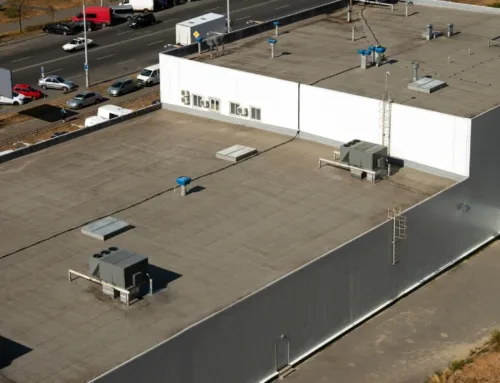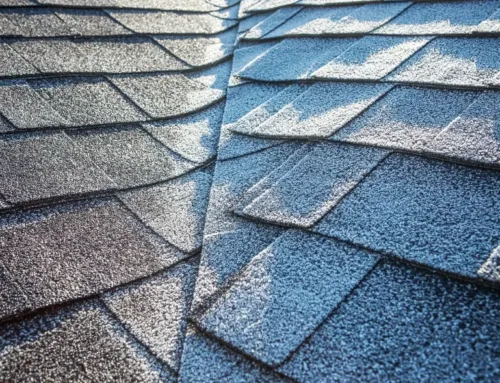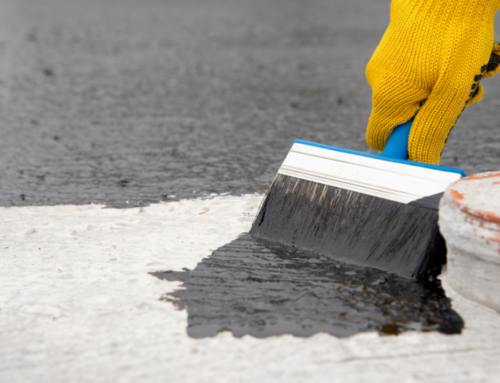
The Pros and Cons of Metal Roofing: Is It the Right Choice for Your Home?
Metal roofing is a durable and aesthetically pleasing option for your home. With its sleek appearance and long life, metal roofing offers several advantages over traditional shingles. But, like any material, metal roofing has pros and cons, and you may wonder if it’s the right choice for your home. We’ll list the positives and the negatives of going with a metal roof so that you can make an informed decision when faced with the choice of roofing material.
Pros of Metal Roofing
There are several great things about metal roofs. From its relatively low-maintenance and durable construction to its safety features, there’s a lot to love about metal roofs.
Longevity
Metal roofs are known for their durability and longevity. While traditional roofing materials are expected to last 15-20 years, metal roofs have a lifespan of 50 years or more. With more than double the life of a traditional roof, metal roofs can result in significant cost savings through less frequent replacement and repair.
Durability
One of the most significant advantages of a metal roof is its resilience in the elements. High winds, heavy rain and snow, and hail don’t cause metal roofs to rot, crack, or warp like other roofing materials. In the wild Texas weather, metal roofs are a welcome reprieve from traditional shingles needing replacing or repairing after a storm.
Energy Efficiency
Thanks to its reflective qualities, a metal roof can cut energy costs by reflecting solar heat away from your home. This can result in lower electric bills during the hot summer months – especially in Texas.
Low Maintenance
Metal roofs require minimal routine maintenance compared to other roofing materials. They are resistant to mold, mildew, and pests. With an occasional cleaning will remove debris and keep them looking like new
Fire Resistance
Non-combustible and fire-resistant, metal roofs help make your home safer. Metal roofs earn a Class A fire rating, which is assigned by the National Fire Protection Association (NFPA). This rating means that a metal roof experiences:
-
- Maximum flame spreads of 6 feet
- Integrity under a burning brand measuring 12”x12” with a weight of 2,000 grams
- No ignition for up to 4 hours
- Resilience against 15 cycles of gas flame turned on and off
Environmentally Friendly
Metal roofing is often made from recycled materials that can be recycled again at the end of its lifespan. And because of its longevity, there are fewer replacements for a metal roof, which reduces landfill waste.
Cons of Metal Roofing
Like most things in life, some disadvantages come along with the advantageous qualities of a metal roof. Before you decide that a metal roof is the way to go for your home, be sure to carefully consider these factors.
Cost
One of the biggest drawbacks of a metal roof is its initial cost. However, it’s important to remember the lifespan of a metal roof, which makes a metal roof a cost-effective option in the long run – despite the larger investment upfront.
Noise
Some people enjoy the sound of rain on a metal roof, but others might find it disruptive to their activities. During heavy rainfall or hail, in particular, some metal roofs can accentuate the sounds of a storm. How your home is insulated, especially in the attic, will affect the degree of noise coming from your metal roof during these events.
Denting
Despite its durability, metal roofs can be dented by heavy hail or falling debris. As metal roofs evolve, the materials become more dent-resistant – but the potential for this damage remains. Metal roofs that become dented need repairing from a licensed roofing company to prevent leaking or other damage.
Expansion and Contraction
The other possible complication with metal roofing is the potential for expansion and contraction with temperature fluctuations – which is common all across Texas. When these shifts occur, it can loosen fasteners over time, which compromises the integrity of the roof. Having your roof professionally inspected regularly can help prevent any damage due to loose fasteners.
Color Fading
While it doesn’t affect its performance, metal roofs can experience color fading over time due to UV exposure and the elements. Choose high-quality materials with the proper finish to minimize this effect and talk with your roofing contractor to discuss the colors that are least likely to fade.
Complex Installation
Installing a metal roof is different from traditional shingles. It requires specialized skills and tools, and should only be performed by experienced, licensed roofing professionals. The angles and levels of your home’s roof can also affect the installation process.
Deciding on a Metal Roof
Contact Alliance Roofing to discuss if a metal roof is right for you. Our team of licensed contractors will come out and give you a free roofing estimate, and help you determine if a metal roof will be a good fit for your home and lifestyle









